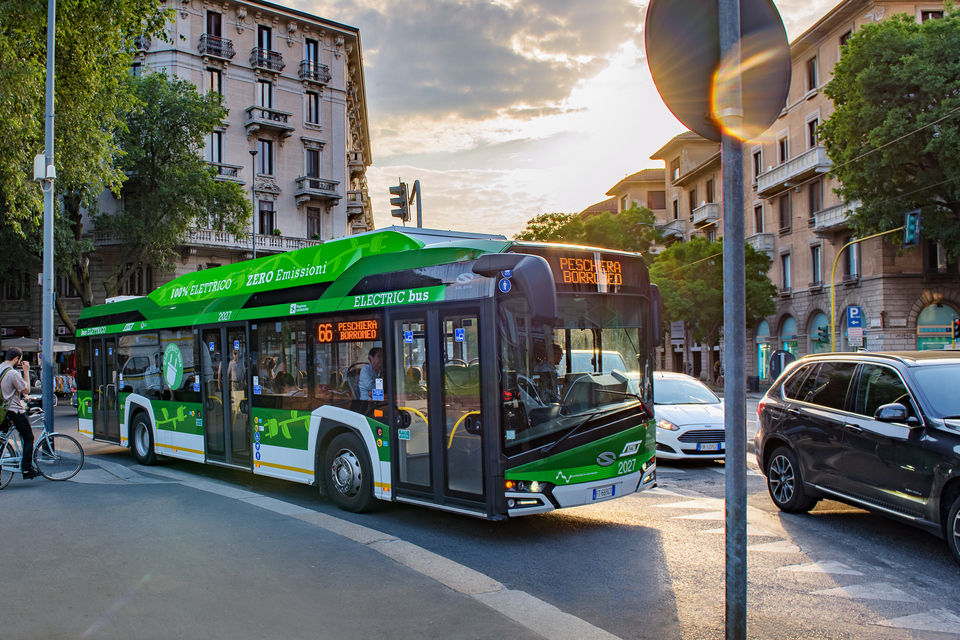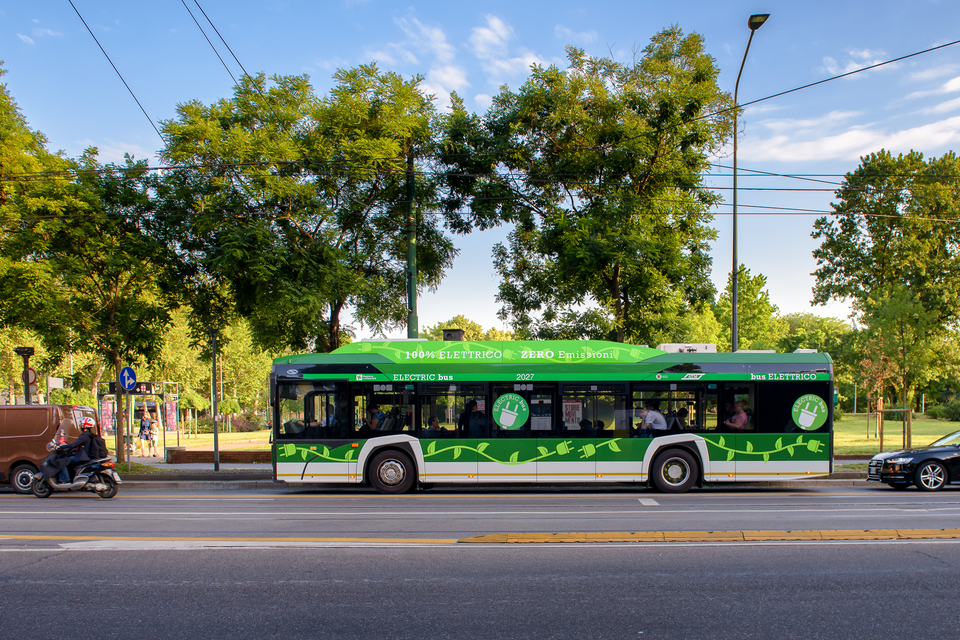Bus Rapid Transit in Denmark: Aalborg
BRT in Aalborg: the city's solution for enhancing urban transport – what makes it so effective?

Digital mobility in Milan
Milan has been at the top of Europe’s smart city rankings for several years. Northern Italy’s largest city is entering a new phase in the integration of digital technologies into urban spaces. A key area in the development of smart cities is the mobility sector. This sector has recently gone through a wave of digitalisation. New and increasingly innovative digital mobility services are popping up like mushrooms after the rain. Car sharing, electric scooters, and bicycles have become viable options for getting around the city, competing with public transport and traditional services such as taxis.

The vision of Milan, Italy’s second-largest city, is clean air and no disturbing noise on the streets. A new Low Emission Zone has been in place since February 2019. To combat congestion and air pollution, the city has further restricted access to combustion engine vehicles. Electric transport is a key part of the strategy to improve the city’s quality of life. However, relying on cleaner vehicles alone is not enough to reduce all the negative impacts of traditional transport. A more comprehensive approach is needed. Milan has decided to use the digital world to make moving around the city easy, sustainable, and convenient.
Public transport is going digital. Applications that sell tickets via mobile devices and accounts have replaced traditional paper tickets in most Italian cities. The smartphone is now becoming the main interface between people and mobility.
In particular, in addition to public transport, many mobility options are available to residents in the city. Proper integration of all mobility modes will encourage and increase the use of public transport.

Personal mobility plays a fundamental role in this. To this end, Milan has opted for digital solutions. The idea is to digitally integrate public and private mobility options, from the metro, bus, and tram to shared cars, bicycles, scooters, and much more. Planning a journey, transferring to public transport, booking a vehicle and carpooling, and paying for services would all be available within a single app with a map. This combination of on-demand private services and public transport is designed to meet the needs of users and reduce traffic congestion and, not least, air pollution.
Milan’s digital and integrated mobility project is funded by the EU’s National Recovery and Resilience Plans (NRRP) under the Mobility as a Service (MaaS) programme. MaaS is explicitly designed to encourage Milanese to use public transport and to offer them an alternative to the private car. This mobility service model can be compared to digital services that integrate the offerings of multiple service providers – such as YouTube for video, Spotify for music, or Booking.com for tourism.

Although the idea is to integrate different modes of transport, the MaaS programme is based on public transport. Shared mobility is meant to complement public transport, not replace it.
To learn more about “Mobility as a Service” click here:
THE RISE OF MOBILITY AS A SERVICE, Warwick Goodall et al., Deloitte Review.
However, the abundance of new mobility options will not add value if all commuters cannot access the services on offer. Some city residents may be less familiar with online technology and have, therefore, limited access to the mobility options on offer. The city should strive to ensure that digital and multimodal transport options are inclusive to all residents.
Milan plans to allow all available shared mobility systems to book by phone. This will ensure that people without internet access can still use the services offered. Digital mobility can also be a tool for bridging social and economic divides in cities. It gives passengers the flexibility to choose from a range of mobility options and select the one that best suits their needs and expectations.
The digital mobility approach puts the traveller at the centre of the process. It, therefore, fits perfectly with the idea of sustainable and liveable cities, where transport is a perfectly integrated network tailored to the needs of the local population. The digitalisation of mobility seems to be an ideal means to support the implementation of the smart city concept.
Find out more about how Barcelona is transforming itself into a smart city.
BRT in Aalborg: the city's solution for enhancing urban transport – what makes it so effective?
By 2050, 68% of the world's population will live in cities. How to prepare for these changes? Find out, what the superblocks in Barcelona are!
Interview with Krzysztof Dostatni, CEO of MPK Poznań.